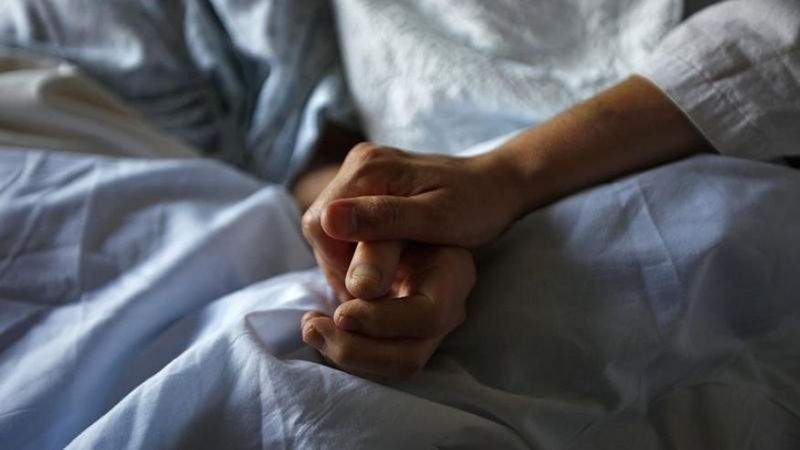Since California legalized assisted suicide last year for people diagnosed as terminally ill, the former Hemlock Society — now a multi-million-dollar operation called “Compassion & Choices” or C&C — has stepped up efforts to pass similar laws in other states. At the center of its campaign is the late Brittany Maynard, an attractive 30-year-old cancer patient who moved to Oregon to obtain a lethal drug overdose prescribed by a physician. Her husband is now a paid spokesperson for C&C.
Recently the state of Oregon released its 2015 figures on assisted suicide deaths, indicating how C&C’s portrayal compares to the reality.
State-sanctioned suicides in Oregon keep rising. There were 105 deaths in 2014 (44 percent higher than the previous year) and 132 in 2015 (another 26 percent higher). In each of these years, exactly one patient was under 35 years old (that must have been Ms. Maynard herself in 2014).
Last year, 78 percent of those obtaining lethal drugs were aged 65 and over, with a median age of 73. Most were women; most had no health insurance, or only government insurance; most had no living spouse or registered domestic partner. More than 96 percent received no psychological evaluation, to test for depression or other conditions that can lead to suicidal thoughts.
C&C presents its agenda as a boon to autonomous people who live life on their own terms and want to exit life the same way to avoid intractable pain. The usual reality is different. When asked why they were obtaining the drug overdose, 96 percent of patients said they were less able to engage in activities that make life enjoyable; almost as many said they were losing their autonomy or their dignity; about half said they had become a “burden” on family or caregivers.
Fewer than 30 percent cited any concern about pain. Incidentally, 90 percent died in a private home (their own or that of relatives or friends), allowing an educated guess as to who they were “burdening” and who was present to “assist” their final act — in 79 percent of cases no health professional was present.
This profile should be eerily familiar to public health experts: it describes people most at risk of elder abuse. A review of “Elder Abuse” in the Nov. 13, 2015, New England Journal of Medicine estimates that about 10 percent of seniors are victims, with financial exploitation of seniors “a virtual epidemic.” More likely to be victims are women aged 65 to 74, living with household members other than a spouse, of lower income and feeling isolated or without social support.
Basically Oregon has provided a “safe and legal” (safe for the perpetrators, that is) way to practice, and cover up, a most final form of elder abuse. The only reporting is by the physician prescribing the drugs (who then steps out of the picture), and deaths are recorded as caused by the person’s illness.
One more demographic question: What age group in America is least supportive of legalizing assisted suicide? In many polls it is those aged 65 and over. In a national poll commissioned by the U.S. bishops’ conference in 2014, for example, only 46 percent of seniors supported the idea. Strongest support (60 percent) was found among their grown children — 35- to 44-year-olds, the “sandwich generation” — now often caring and paying for both children and aging parents.
How tempting it might be, for those in this situation with no strong moral compass, to believe that assisted suicide is a new “freedom” for one’s parents.
Eighteen years ago Derek Humphry, Hemlock’s founder, wrote in his book “Freedom to Die” that “in the final analysis, economics, not the quest for broadened individual liberties or increased autonomy, will drive assisted suicide to the plateau of acceptable practice.” C&C wants to draw the curtain over this aspect of its agenda. The rest of us, especially seniors, need to open our eyes and see through the masquerade.
For more on the Oregon law, see www.goo.gl/7tSrR5.
Richard M. Doerflinger is associate director of the Secretariat of Pro-Life Activities, U.S. Conference of Catholic Bishops. For more on the bishops’ pro-life efforts, see www.usccb.org/prolife.

